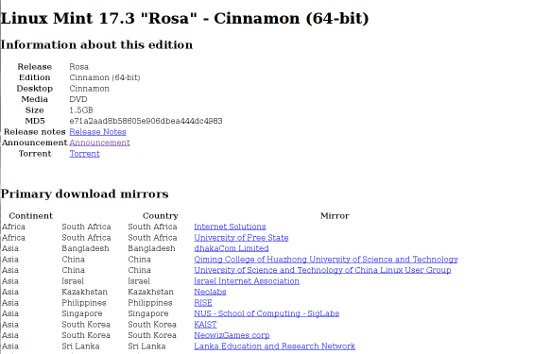FOSS Week in Review A few months back I was thinking that reporting on FOSS wasn’t as fun as it once was. As a matter…
Posts published in “Distros”
Emmabuntüs is a GNU/Linux distribution that’s definitely set apart from the crowd, as its developers are motivated less by a love for technology than by a connection with humanity.
The Emmabuntüs Community today announced the third maintenance release of Emmabuntüs 3, version 1.03, based on Xubuntu 14.04.4. Like its *buntu namesake, the distro ships with the Xfce desktop by default, but also includes LXDE as an option.
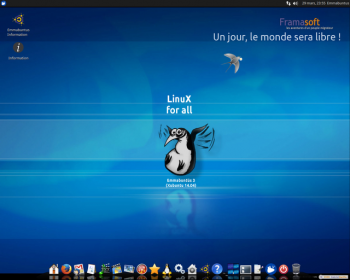 What sets Emmabuntüs apart from other GNU/Linux distributions is the fact that it’s a distro with a mission. The informal community responsible for the distribution initially came together sometime before 2012 with the purpose of creating a distribution to simplify the task of refurbishing used computers to be given to charity organizations, with the key recipient being Emmaus, a secular international organization founded in Paris in 1949 by Catholic priest and Capuchin friar Abbé Pierre to combat poverty and homelessness.
What sets Emmabuntüs apart from other GNU/Linux distributions is the fact that it’s a distro with a mission. The informal community responsible for the distribution initially came together sometime before 2012 with the purpose of creating a distribution to simplify the task of refurbishing used computers to be given to charity organizations, with the key recipient being Emmaus, a secular international organization founded in Paris in 1949 by Catholic priest and Capuchin friar Abbé Pierre to combat poverty and homelessness.
FOSS Week in Review
Two big open source conferences are coming up next week, while this week an automaker said it doesn’t have to pay attention to the GPL and the man credited with inventing email passed.
Although Microsoft mainly succeeded in its attempts to hijack the FOSS news scene this week by spreading open source love — better than spreading FUD, I guess — there was plenty of FOSS news happening away from the Redmond campus. Even Microsoft with all its billions, it seems, isn’t large enough to monopolize all of the news in the big, wide and wonderful world of FOSS.

For starters, it’s conference season. Well, except for a lull in the dog days of summer, Linux and open source conferences are always in season, but there are a couple of big ones on the slate for next week.
Christine Hall has been a journalist since 1971. In 2001, she began writing a weekly consumer computer column and started covering Linux and FOSS in 2002 after making the switch to GNU/Linux. Follow her on Twitter: @BrideOfLinux
FOSS Week in Review
India again shows sanity by doing away with “software only” patents, and the Linux Foundation continues to move towards diversity.
The old and the new both made big news on the FOSS front this week. Representing the old was what appears to be the ending of the SCO vs IBM case after something like 13 years, which means that Caldera/SCO now gets to go to its final resting place. For the new was the release of the Raspberry Pi 3, which comes wielding a 64-bit ARM processor with built-in Wi-Fi and Bluetooth.
But that wasn’t the only news of interest to the FOSS world this week…
Barely a month after putting an end to a Facebook supported scheme, “Free Basics,” in favor of supporting Net Neutrality, India has declared software to be not patentable. According to the Software Freedom Law Centre in India, the patent office will now use a three part test to determine patentability:
Christine Hall has been a journalist since 1971. In 2001, she began writing a weekly consumer computer column and started covering Linux and FOSS in 2002 after making the switch to GNU/Linux. Follow her on Twitter: @BrideOfLinux
The Raspberry Pi Report
The Raspberry Pi managed to cram a lot of history into only 29 days this February, even without mentioning the introduction of the Pi 3 on Monday.
The month of February kept up with the trend of bigger and better things happening in the Raspberry Pi world. From new games to updates from the International Space Station, things keep moving on for the Raspbery Pi and the Raspberry Pi community. While quite a few things happened this past month, here’s a summation of the biggest stories.
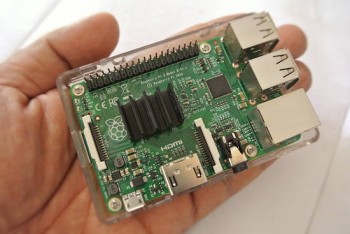 More distros to choose from – February marked the arrivial of several new distros that Raspberry Pi users can now install. Tizen 3.0, Chromium 0.4 and Manjaro-ARM are available to download for the Raspberry Pi 2. The Manjaro-ARM project now allows Raspberry Pi users to enjoy Arch Linux without having to do an Arch install and is also broken down into four different editions. Media, Server, Basic and Minimal editions all cater to situations that most Raspberry Pi users fall into. Tizen users will be excited to see that Tizen 3.0 is now fully functional on the Raspberry Pi 2. This is a great move, since more users will be introduced to the Tizen platform who might not have had a chance to experience it before. Last, but not least is the release of Chromium 0.4. Chromium was already available, but with kernel improvements and more memory storage, version 0.4 is leaps and bounds ahead of Chromium 0.3
More distros to choose from – February marked the arrivial of several new distros that Raspberry Pi users can now install. Tizen 3.0, Chromium 0.4 and Manjaro-ARM are available to download for the Raspberry Pi 2. The Manjaro-ARM project now allows Raspberry Pi users to enjoy Arch Linux without having to do an Arch install and is also broken down into four different editions. Media, Server, Basic and Minimal editions all cater to situations that most Raspberry Pi users fall into. Tizen users will be excited to see that Tizen 3.0 is now fully functional on the Raspberry Pi 2. This is a great move, since more users will be introduced to the Tizen platform who might not have had a chance to experience it before. Last, but not least is the release of Chromium 0.4. Chromium was already available, but with kernel improvements and more memory storage, version 0.4 is leaps and bounds ahead of Chromium 0.3
In addition to hosting a Raspberry Pi meetup in Washington D.C., Isaac Carter is a co-host on mintCast. He’s also a software engineer who enjoys working with Java, JavaScript, and GNU/Linux. When he’s not coding, you can find him reading on any number of subjects or on the golf course.
The hackers who compromised the Linux Mint site on Saturday were evidently not the brightest stars in the dark web, but they managed to create a mess for the Mint crew to clear away.
Everybody understands that none of a stage magician’s tricks are real. The one thing that is real, and which a successful illusionist must practice to perfection, is the art of misdirection — which evidently turned out the be the trick under the sleeves of the cracker/hackers who were responsible for compromising ISO downloads of Linux Mint 17.3 Cinnamon on Saturday.
In the FOSS Force news article on the hack which ran Sunday, we said “the hackers modified the ISO of the Cinnamon edition of Linux Mint 17.3 (Rosa).” We now know that’s not quite true, or at least not in the way we meant. The hackers didn’t bust into the Mint server and modify the binaries waiting to be grabbed by the mirror sites for downloads. Instead, this was a case of misdirection.
The hackers had a copy of Mint with their malicious payload in place, packaged as an ISO image and sitting on a Bulgarian server they controlled, waiting to serve downloads of what is arguably the worlds most popular version of GNU/Linux. The intrusion at Mint was a quick in-and-out to change the URLs in the anchor tags on Mint’s download page for the 64-bit Cinnamon version of Linux Mint 17.3 “Rosa.” Afterwards, users who clicked on a link to download from, say, the Internet Solutions mirror in South Africa, were taken to the hackers’ server in Bulgaria. Let the download begin. Wham, bam, thank you mam.
Christine Hall has been a journalist since 1971. In 2001, she began writing a weekly consumer computer column and started covering Linux and FOSS in 2002 after making the switch to GNU/Linux. Follow her on Twitter: @BrideOfLinux

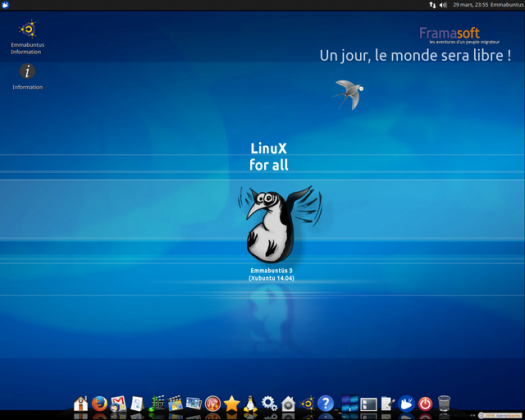

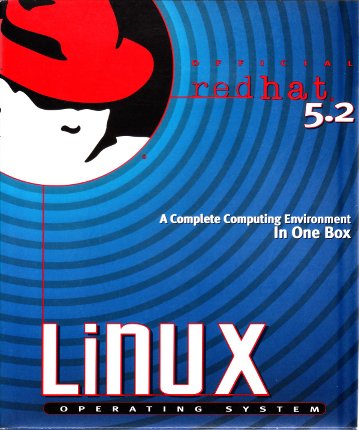



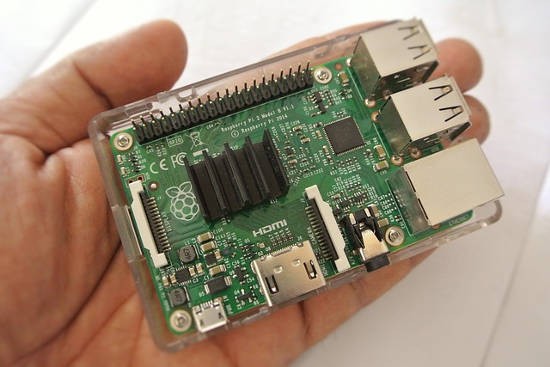

 The Great 2016 Linux Mint Hack: The hack at one of the crown jewels of Linux distros has undoubtedly been the biggest story this week. I’ll not bore you by repeating details which most of you have probably already read by now, but will direct those of you who don’t know to
The Great 2016 Linux Mint Hack: The hack at one of the crown jewels of Linux distros has undoubtedly been the biggest story this week. I’ll not bore you by repeating details which most of you have probably already read by now, but will direct those of you who don’t know to 